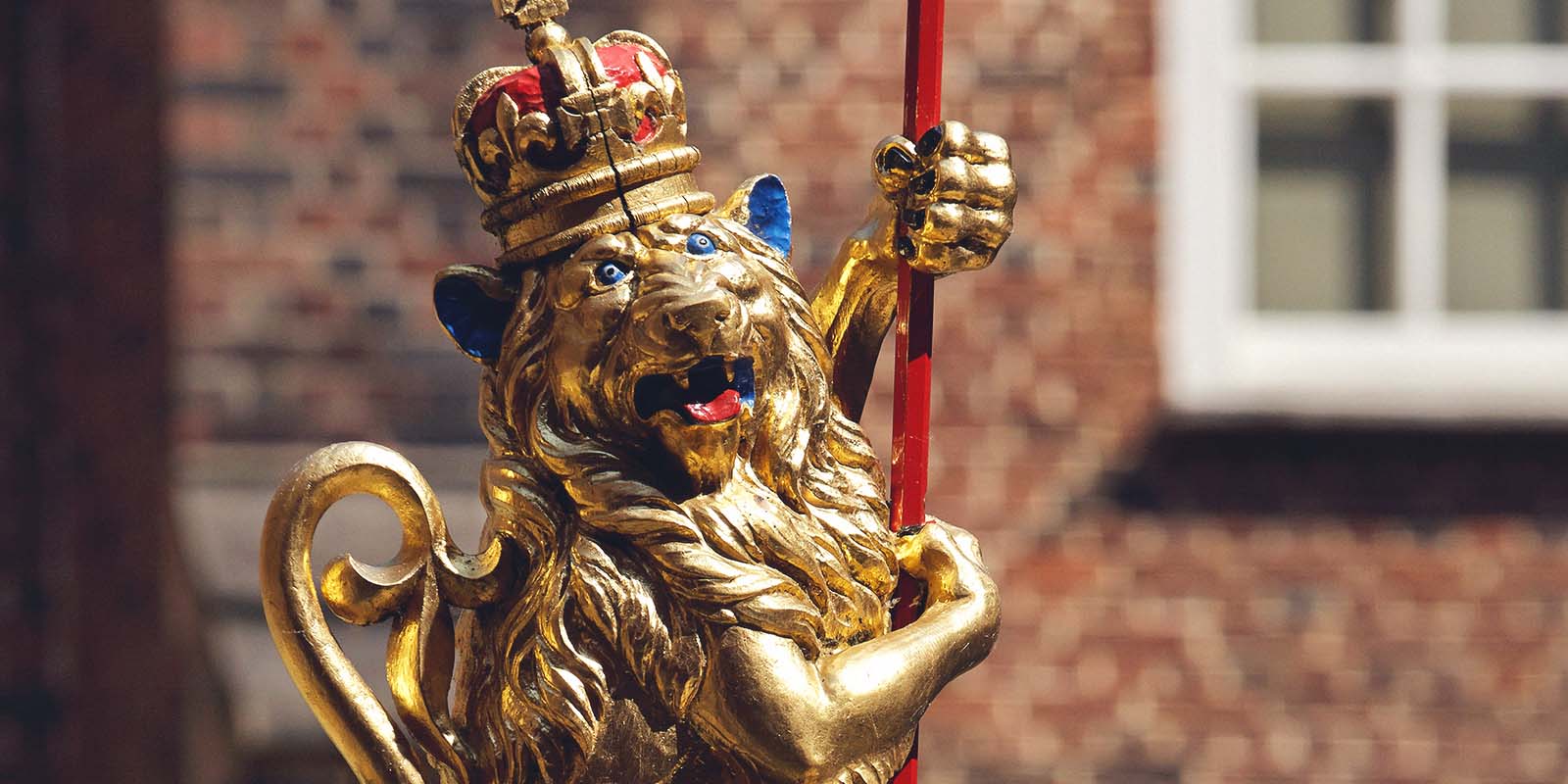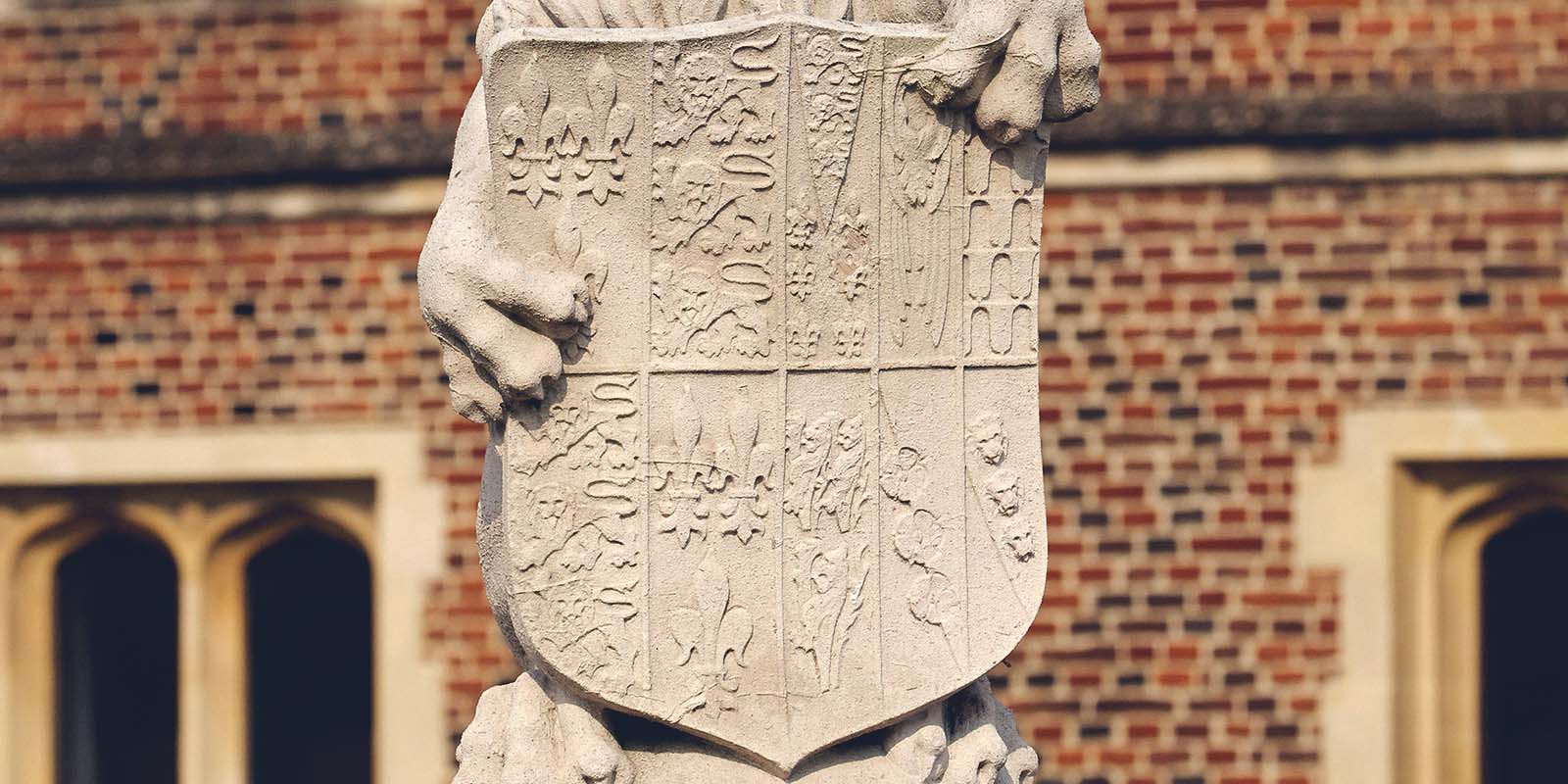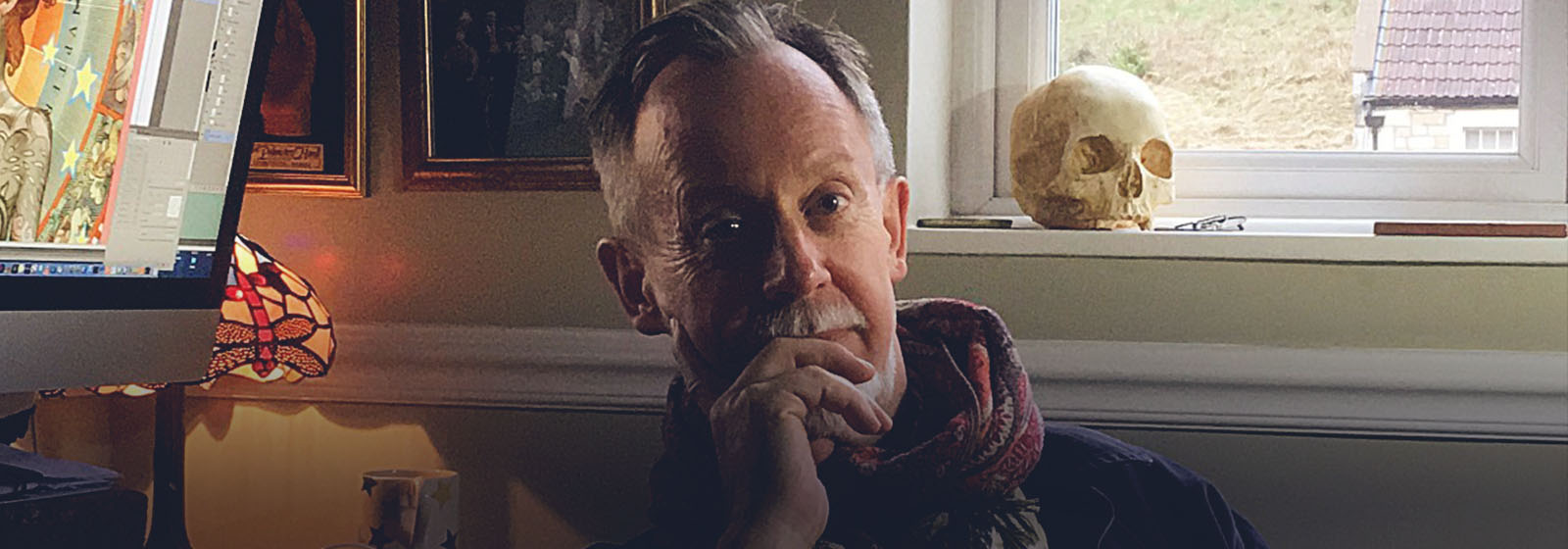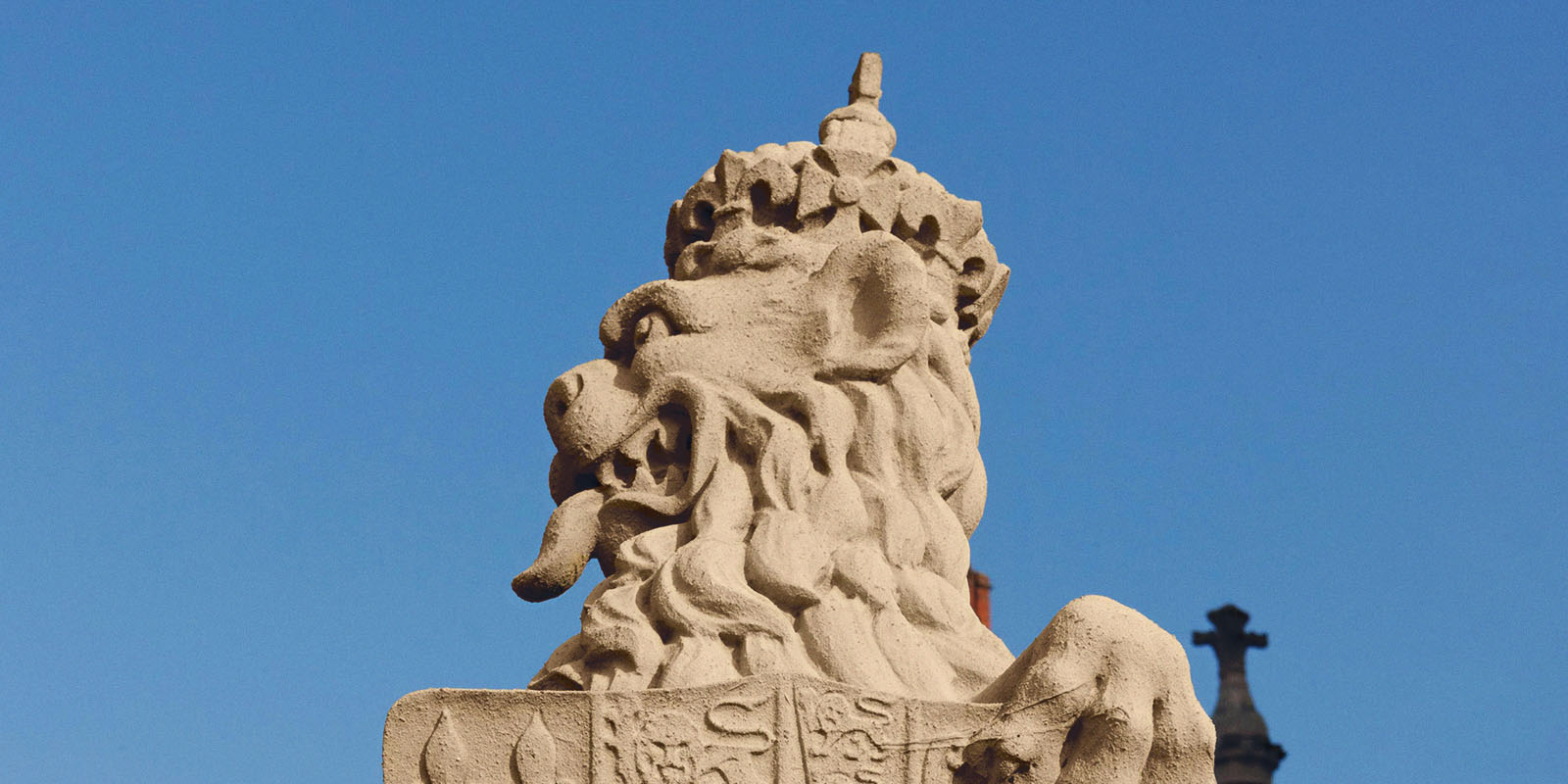Standing on the Moat Bridge of Hampton Court Palace is the fierce and formidable Lion of England – one of ten royal guardians that watch over all who enter and leave the palace.
The Lion of England is one of the oldest and most iconic royal beast in heraldic art. Used on the shield of England for as long as one has existed, the lion first appeared in heraldry in the twelfth century. The Norman kings of England used motifs featuring the ferocious beast and by the twelfth century in the reign of Richard I, known as Richard the Lionheart, the tradition became established. Many also believe that Richard I’s mother, Eleanor of Aquitaine, brought the symbol of the lion to England, as it derives from the Duchy of Aquitaine’s Coat of Arms.
Henry VIII took a great interest in heraldry, using it to convey the power of the Tudor dynasty and his own right to the English throne. When the Lion of England was granted to Jane Seymour by the king, it was a choice designed to represent pride, courage and the strength of the couple’s union.

The Lion in Heraldry
The use of the lion in heraldry is intriguing as many monarchs and noblemen chose the beast for their Coats of Arms – even though they were unlikely to have ever seen the animal in the flesh. It is likely that books inspired the use of the lion along with the tales of travellers, as people started to explore lands across Britain’s seas. This level of knowledge and education was a statement in itself and one that monarchs were keen to assert.

Augmented Status
Although born into nobility, Jane Seymour was not of royal blood and was in fact a lady-in-waiting to Henry VIII’s first and second wives, Catherine of Aragon and Anne Boleyn. The King used a ‘coat of augmentation’, a heraldic device, to elevate Jane Seymour’s new status when she became his queen consort.
The Lion of England supports a shield bearing the impaled (or combined) Arms of Henry VIII and Jane Seymour. Jane Seymour’s Arms appear on the right or ‘sinister’ side and split into six parts, the Arms show her descent from five noble families, whilst the sixth section – in the top left – shows the Coat of Arms granted to her by Henry VIII.
THE ROYAL TUDOR BEASTS
Be Inspired
MEET THE MAKER – DAVID LAWRENCE
Find out more

© Historic Royal Palaces 2022 Produced under licence from Historic Royal Palaces Enterprises Limited

